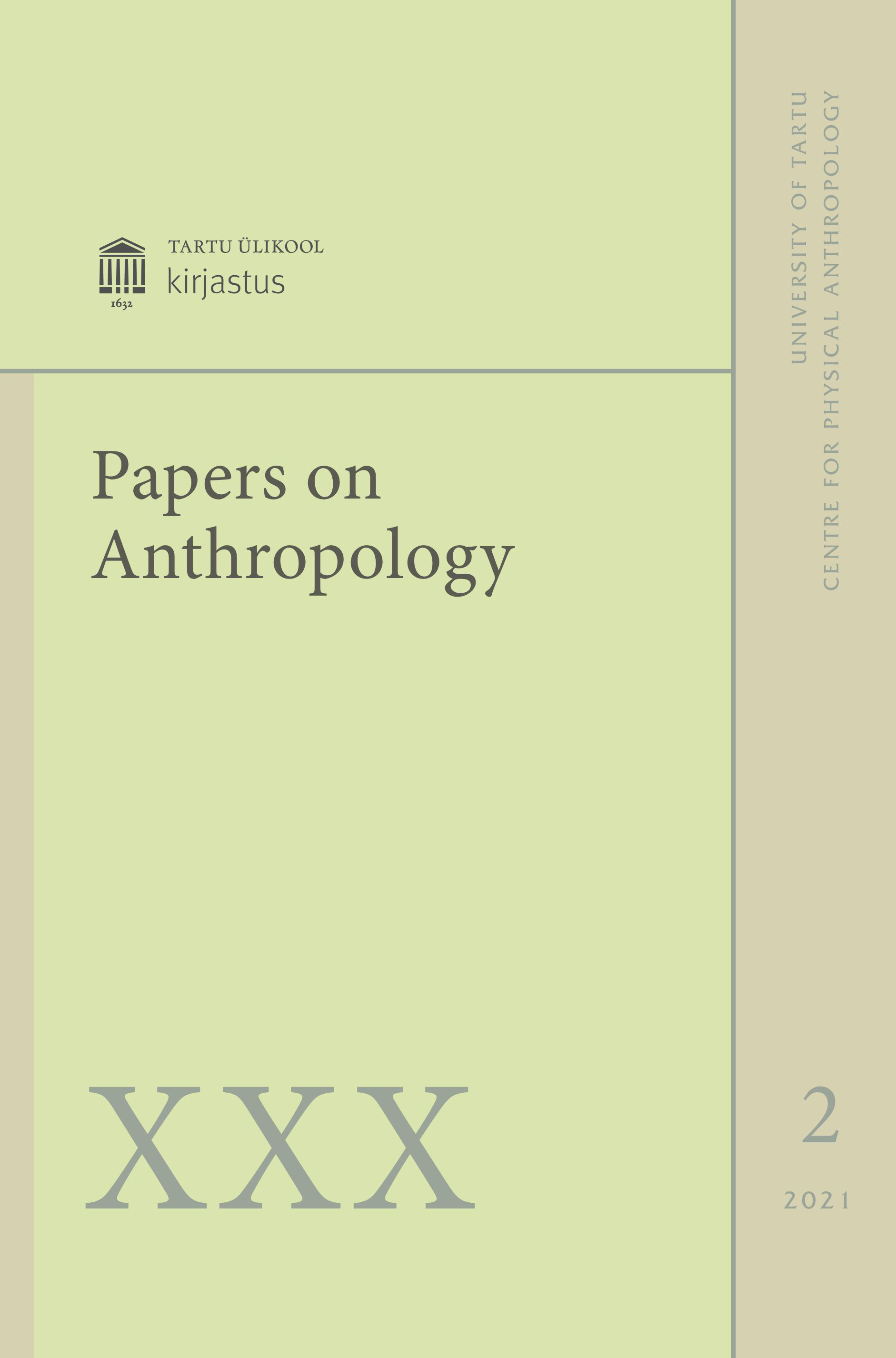Growth factors and chromogranin A in intra-abdominal adhesions of children
DOI:
https://doi.org/10.12697/poa.2021.30.2.06Keywords:
growth factors, receptors, chromogranins, adhesions, children, ontogenesisAbstract
Pathogenesis of adhesions is still unclear and does not give a clear response whether the morphopathogenetic mechanisms of congenital and acquired adhesions in children are different or not. Thus, we searched for the appearance and distribution of growth factors, their receptors and chromogranins in adhesions of children in the ontogenetic aspect. Tissues were obtained from 17 children of group 1 (1 day to 3 years old) and 10 children of group 2 (10 to 16 years old). Visibly intact peritoneum was obtained from teenagers of group 2 and used as control tissue. Routine staining and immunohistochemistry for insulin-like growth factor 1 (IGF1), insulin-like growth factor 1 receptor (IGF IR), transforming growth factor beta (TGF-β), hepatocyte growth factor (HGF), chromogranin A (CgA) was applied. Statistical analysis included semi-quantitative evaluation of immunopositive structures, Wilcoxon signed-rank test and Wilcoxon rank sum test for comparison of data. The results showed patchy fibrosis with round-shaped fibroblasts, neoangiogenesis and inflammation. Adhesions in group 1 demonstrated various appearance of IGF, IGF IR, few to moderate number of TGF-β-, HGF- and moderate number of CgA-containing cells. In both groups, fibroblasts predominated among actively expressing cells. Group 2 showed moderate to numerous IGFI and HGF positive cells, while IGF IR- and TGF-β-containing cells were numerous. Intact peritoneum showed variable TGF-β, CgA, and few to moderate HGF, IGFI, IGF IR cells. In conclusion, an increase in IGFI, IGF IR, TGF-β and HGF characterises the acquired (“aged”) adhesions. Fibroblasts are most active in adhesion formation with the increase of cellular activity during the aging of children and adhesions. Fibroblasts with changes in shape stimulate further development of disease via intensive CgA expression.

